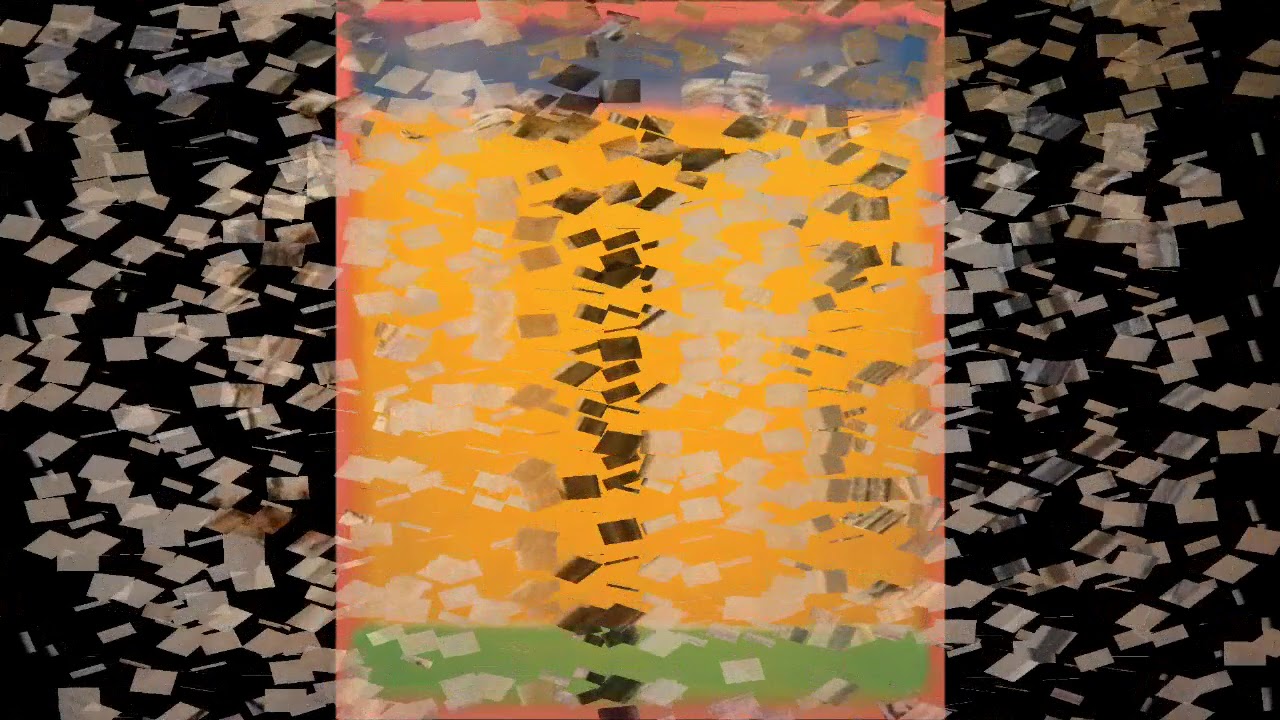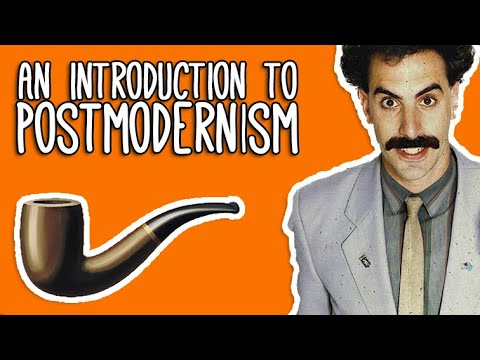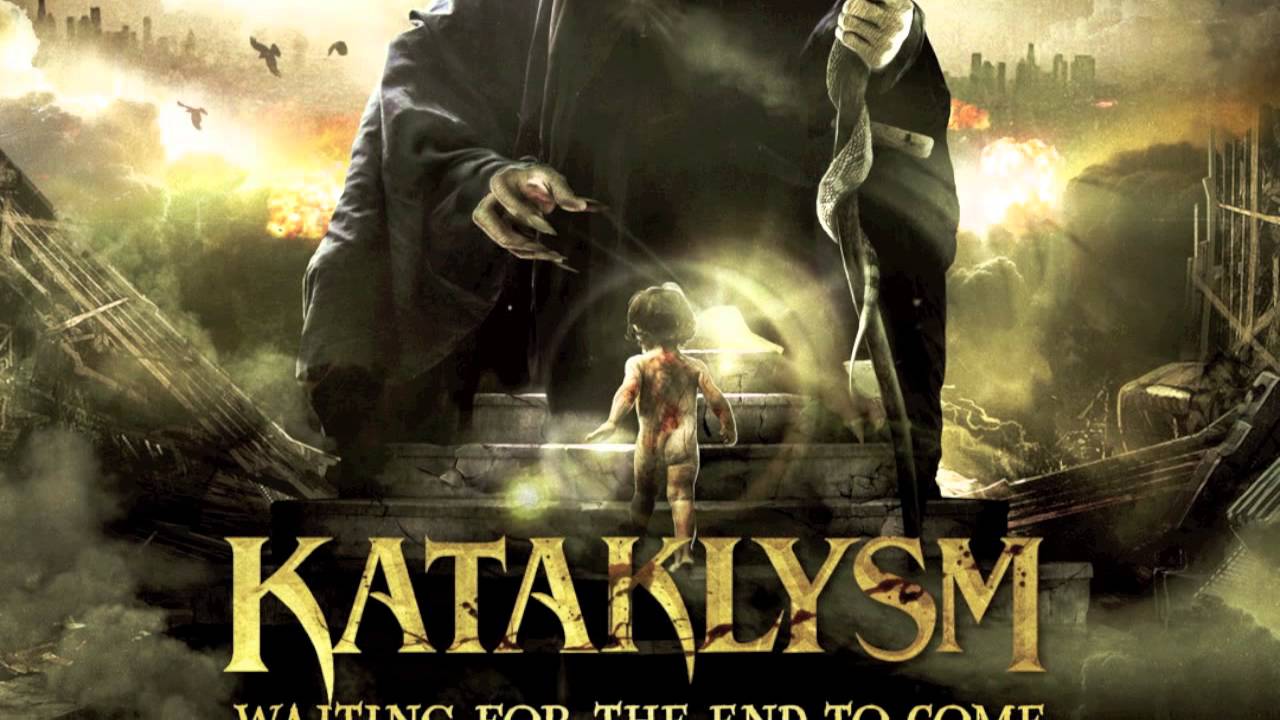Tuen Tony Kwok
tonykwk39@gmail.com
Mark Rothko was born Marcus Rothkowitz on September 25, 1903, in Dvinsk, Russia. In 1913 his family left Russia and settled in Portland, Oregon. Rothko attended Yale University, New Haven, on a scholarship from 1921 to 1923. He left Yale prematurely and moved to New York. In 1925 he studied under Max Weber at the Art Students League. He participated in his first group exhibition at the Opportunity Galleries, New York, in 1928. During the early 1930s Rothko became a close friend of Milton Avery and Adolph Gottlieb. His first solo show took place at the Portland Art Museum, Oregon, in 1933.
Rothko’s first solo exhibition in New York was held at the Contemporary Arts Gallery in 1933. In 1935, together with William Baziotes, Gottlieb, and others, Rothko founded the Ten, a group of artists sympathetic to abstraction and expressionism that exhibited until 1940. He executed easel paintings for the Works Progress Administration Federal Art Project from 1936 to 1937. By 1936 Rothko knew Barnett Newman. In the early 1940s he worked closely with Gottlieb, developing a painting style with mythological content, simple flat shapes, and imagery inspired by so-called primitive art. By mid-decade his work incorporated Surrealist techniques and images. Peggy Guggenheim gave Rothko a solo show at Art of This Century, New York, in 1945.
In 1947 and 1949 Rothko taught at the California School of Fine Arts, San Francisco, where Clyfford Still was a fellow instructor. With Baziotes, David Hare, and Robert Motherwell, Rothko founded the short-lived school Subjects of the Artist, New York, in 1948. The late 1940s and early 1950s saw the emergence of Rothko’s mature style, in which frontal, luminous rectangles seem to hover on the canvas surface. In 1958 the artist began his first commission, monumental paintings for the Four Seasons Restaurant, New York. The Museum of Modern Art, New York, gave Rothko an important solo exhibition in 1961. He completed murals for Harvard University, Cambridge, Massachusetts, in 1962 and in 1964 accepted a mural commission for an interdenominational chapel in Houston. Rothko committed suicide on February 25, 1970, in his New York studio. A year later the Rothko Chapel in Houston was dedicated, and in 1978, the Guggenheim Museum organized a major retrospective.
馬克·羅斯科 (拉脫維亞語:Marks Rothko,1903年9月25日-1970年2月25日),出生名馬庫斯·雅科夫列維奇·羅特科維奇(俄語:Ма́ркус Я́ковлевич Ротко́вич,拉脫維亞語:Markuss Rotkovičs)生於沙俄時代的拉脫維亞,1910 移民美國。年青時以兼職賺取費用求學,當過演員、場記、畫家、待者、挨過餓。1929年成為一所猶太教會的兼職教師,也是表現主義十的創始成員。後因患病、沮喪、憂鬱、酗酒及服用過量鎮定劑和抗憂鬱藥物,導致於1970年切斷靜脈自殺身亡。儘管他本人排斥被打上流派分類的標籤,但他的作品和畫風依然被認為是抽象表現主義的典範之作。
1903年9月馬克·羅斯科生於沙俄時期的陶格夫匹爾斯,今屬拉脫維亞。其父佳柯比是一位藥劑師和知識分子。和沙俄時代其他城市猶太裔的境遇不同,羅斯科一家並未遭受排猶主義的直接暴力影響,但是猶太人在當時的大環境下依然被視為邪惡的化身,羅斯科的童年正是在這種充滿排猶情緒的環境下度過。
由於雅各·羅斯科維茨擔心兒子要進入俄羅斯帝國軍隊服役,於是從俄羅斯移民到美國。馬庫斯·羅斯科維茨留在俄羅斯,與母親、姐姐索尼婭同居。他們於1913年年底抵達埃利斯島,之後在俄勒岡州波特蘭與雅各及哥哥們會合。雅各·羅斯科維茨在幾個月後因結腸癌去世。馬克·羅斯科在叔叔的倉庫工作,向員工出售報紙。雅各·羅斯科維茨的死亡導致羅斯科與宗教的關係斷絕。一年後,馬克·羅斯科在猶太會堂哀悼父親,之後他發誓再也不會踏進猶太會堂。
馬克·羅斯科在1913年在開始上學,很快從三年級升到五年級。1921年6月,他在波士頓林肯高中畢業。他學習英語,並成為猶太社區的中心成員。馬克·羅斯科熱衷於工人權利、婦女避孕權等問題。當時,波特蘭是美國革命活動中心,而世界產業工人(IWW)很活躍。
馬克·羅斯科參加世界產業工人的會議,認識比爾·海伍德和艾瑪·戈德曼等無政府主義者。他聽到艾瑪·戈德曼在西海岸活動的消息。隨著俄羅斯革命開始,馬克·羅斯科組織相關辯論。
馬克·羅斯科之後獲得耶魯大學獎學金。他在大二那一年退學,四十六年後他被授予榮譽學位。
在1923年秋天,馬克·羅斯科在紐約服裝區找到工作。他後來就讀帕森斯新設計學院,認識阿希爾·戈爾基。同年秋天,他參加立體主義藝術家馬克斯·韋伯(Max Weber)教授的藝術課程。馬克斯·韋伯曾經是法國前衛運動的一部分,對於渴望了解現代主義的學生來說,韋伯被視為「現代藝術史的活化石」。在韋伯的指導下,羅斯科開始將藝術視為情緒和宗教表達的工具。
德國表現主義作品對羅斯科早期產生重要影響,包含保羅·克利超現實主義藝術以及喬治·魯昂的畫作。1928年,馬克·羅斯科與一群其他年輕藝術家,在機會畫廊展出作品。他的畫包括黑暗,喜怒無常,表現主義以及城市場景,受到評論家和同行普遍讚賞。馬克·羅斯科在1929年開始在布魯克林猶太中心教授繪畫和粘土雕塑課程。
在1930年代初期,馬克·羅斯科認識Adolph Gottlieb,他和巴尼特·紐曼、Joseph Solman、Louis Schanker、John Graham與米爾頓·艾弗利(Milton Avery)關係密切。米爾頓·艾弗利對於馬克·羅斯科產生巨大影響。
作品: 2012年5月7日代表作《橙、紅、黃》,以8,690萬美元(6.75億港元)成交,打破愛爾蘭畫家培根名作《三聯畫,1976》的拍賣價紀錄,成為歷來拍賣價最高的當代藝術品。
Source
藝苑掇英 Mark Rothko 馬克·羅斯科 (1903-1970) Abstract Expressionism Color Field Americans




Please identify the music you used for this video. Many thanks for your efforts to educate with these artist's bios. Understanding our past helps build the future.